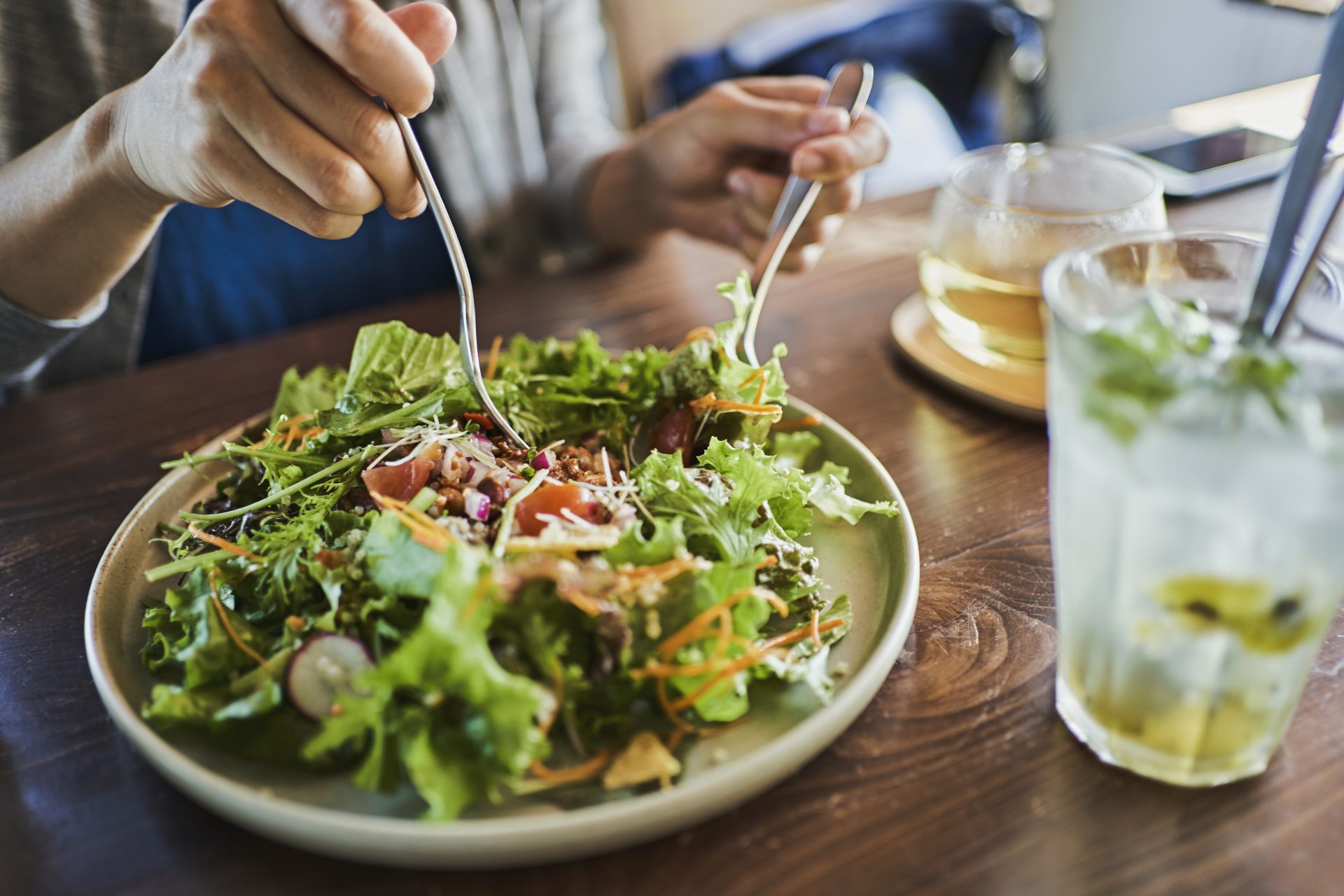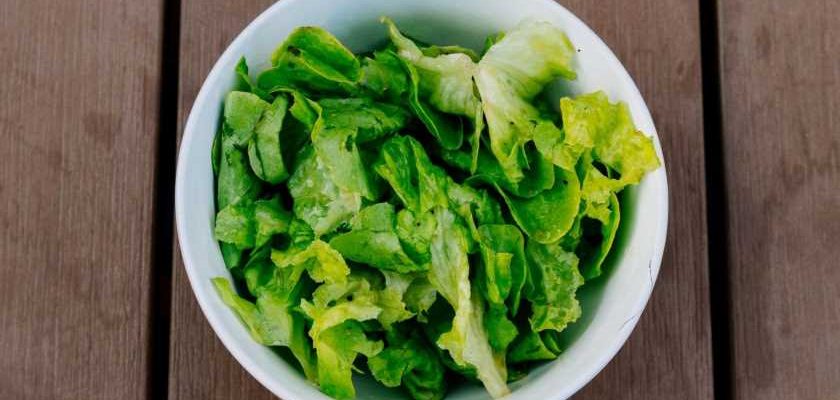Are food-swap ‘hacks’ the worst nutrition trend on TikTok?
Lucy Mountain explains why food-swap trends on social media are so insidious.
Lucy Mountain is well versed in bad internet health trends. For years, she’s used her platform to call out the weird, ridiculous and often dangerous health and fitness content that’s steeped in diet culture, including the popular What I Eat In A Day posts or misguided fitness hacks.
She’s also open about how her own career as an influencer began by falling for and sharing some of these trends herself. Right now, though, she’s busy calling out what she sees as the most irritating new trend of all: “natural” food swaps.
You may also like
What is diet culture? This influencer’s post perfectly explains the problem with labelling foods
First came the bell pepper sandwich: cutting a pepper in half and piling it with traditional fillings like cheese, ham and a slice of tomato. Then “nature’s cereal” burst onto the TikTok scene as a recipe for fruit and ice cubes in a bowl of coconut water. Most recently, it’s “nature’s’ chips” – a sad hack that involves cutting baby gem leaves into squares before topping with salt and pepper.
These food swaps might seem relatively harmless, especially compared to some of the most outrageous content on social media. And after all, is eating a bowl of lettuce really doing anyone any harm? But Mountain’s worry is that labelling these foods as better versions of the thing they’re emulating is just insidious diet culture.
On Instagram, she’s called out the trend saying: “Lettuce is cool. Seasoning is cool. Eating lettuce with seasoning is cool. But what’s not so cool is gaslighting yourself [or] others into thinking this is somewhat of an alternative to chips. TikTok’s culture of healthy alternatives often does more harm than good through indirectly vilifying the original food.”
You may also like
How to heal gut health: “I tried 8 ‘gut healing’ TikTok hacks – here’s how effective they were”
Talking to Stylist about the food swap trend, Mountain says: “These posts aren’t simply encouraging homemade versions of a food, which could be useful or interesting. Instead, it’s giving swaps for very normal, balanced meals. A sandwich is a great, nutritious meal to have, but because of the existence of the bell pepper sandwich, it leaves people questioning whether they should be ditching the bread, and ultimately adding to the cycle of food shame.”
It’s true that the foods being ‘healthified’ on social media tap into stereotypical food fears, particularly around nutrients like carbohydrates and fats that are necessary but often demonised in the wellness world. “Swapping potato for lettuce is not a nutritionally similar swap and all of the focus is on taking away things people might already feel weird about and replacing them with really low-calorie options,” she says.

Lettuce might be a refreshing snack when you fancy something crunchy in the afternoon, but if you’re hungry or your body needs some fast carbohydrates, it probably won’t hit the same spot. That is the crux of it, says Mountain, who has previously written about the need to simply label foods for what they are.
“A courgette is a courgette,” she wrote on the subject of courgetti. “[But there are] implications to how we’re branding certain foods and placing them into a hierarchy.”
Unfortunately, it seems like the trend might not be slowing down, which is interesting given that we now celebrate social media for its growing body positive and diverse spaces. So is diet culture on social media really getting any better?
You may also like
Unqualified fitness influencers: how to recognise bad advice on social media
“Between Tumblr, Instagram and TikTok, huge shifts are being made, and I would say that there is more positive content out there. But that doesn’t mean there’s less toxic content – it just means there’s more content in general. The dangerous or stupid stuff is still present; it’s still performing really well, but we also get to see some authentic, positive content too,” Mountain says. Tuning into those profiles is the best way to avoid confusing trends, but for now, let’s just call a lettuce a lettuce.
Images: Pexels/Getty
Source: Read Full Article
